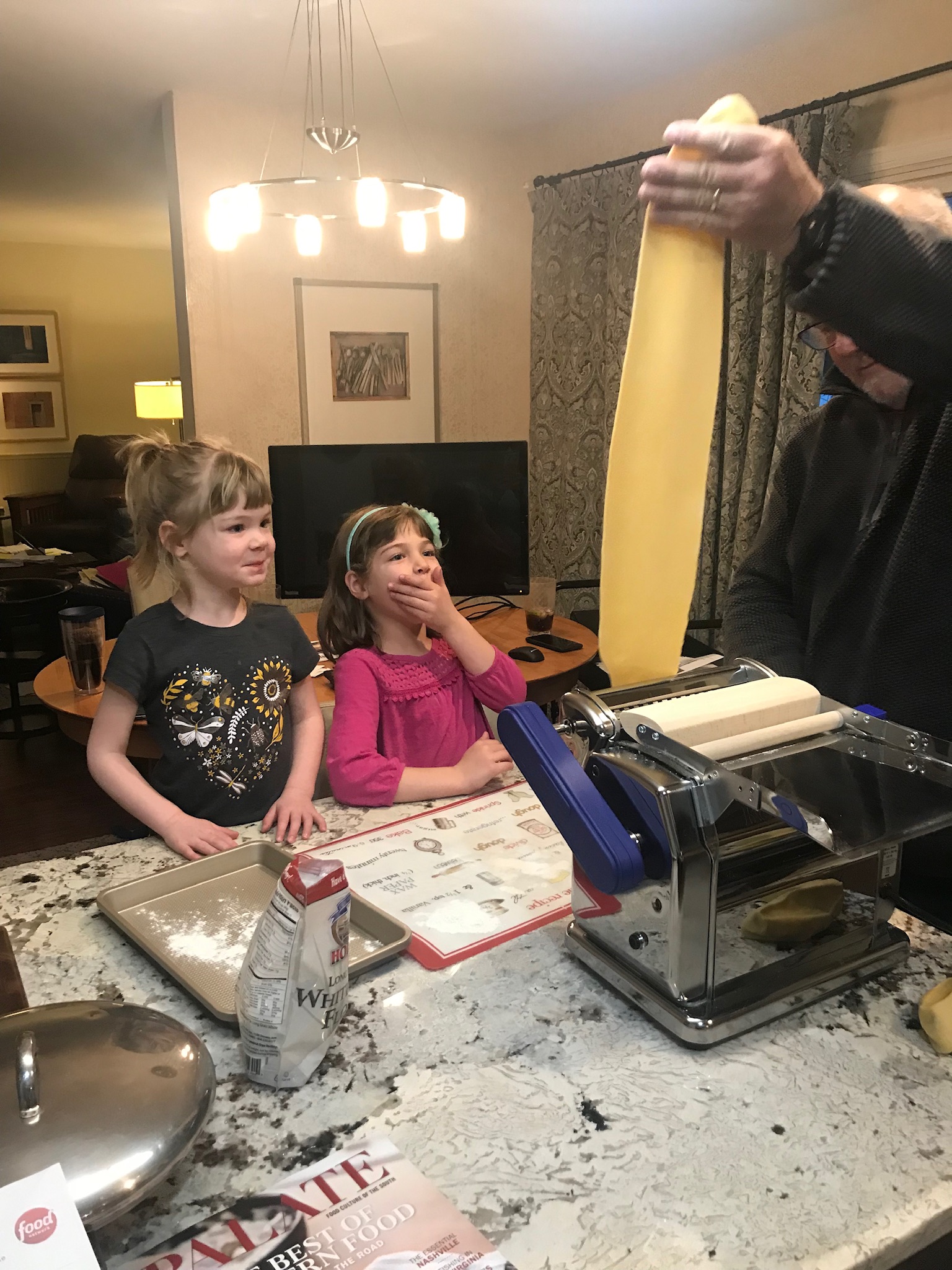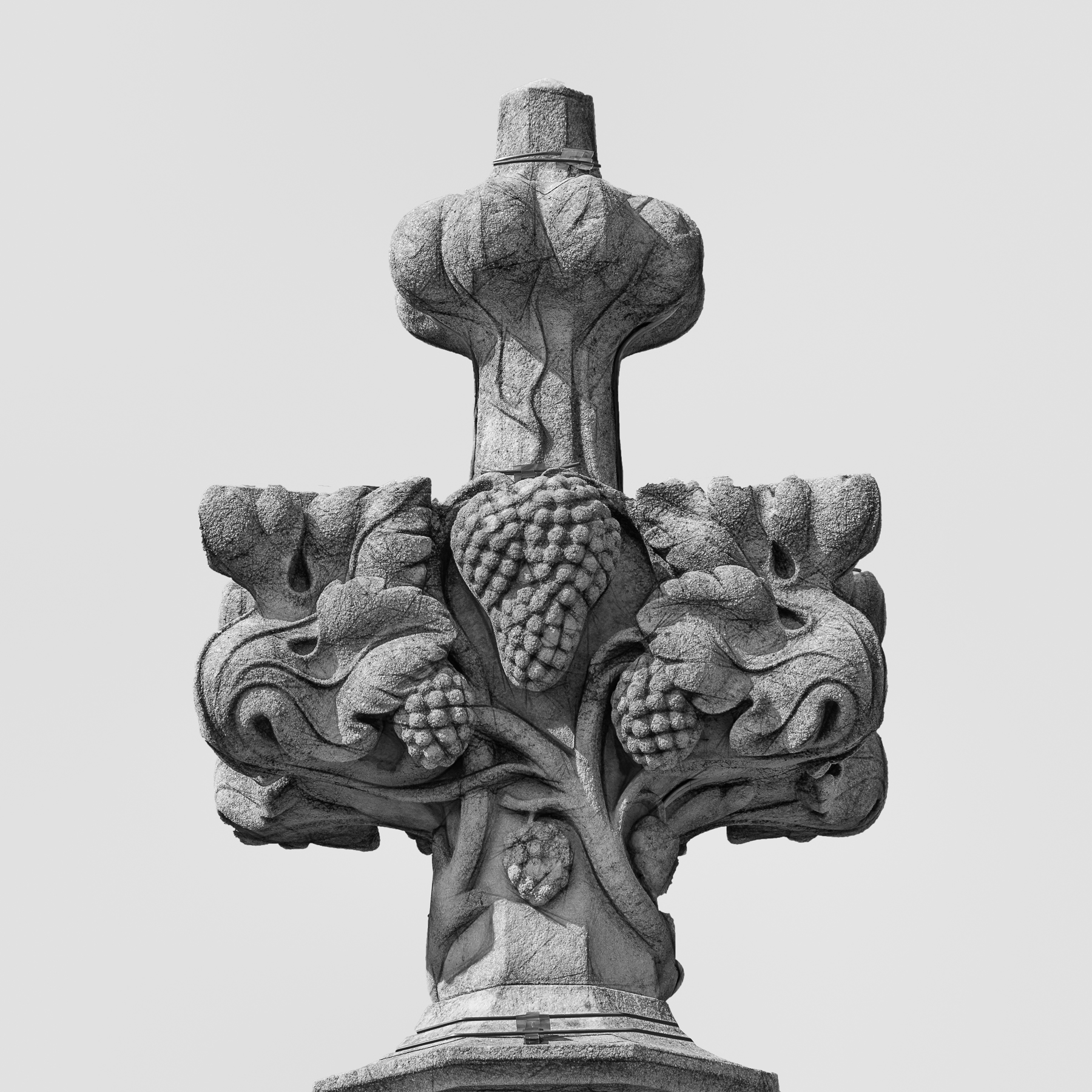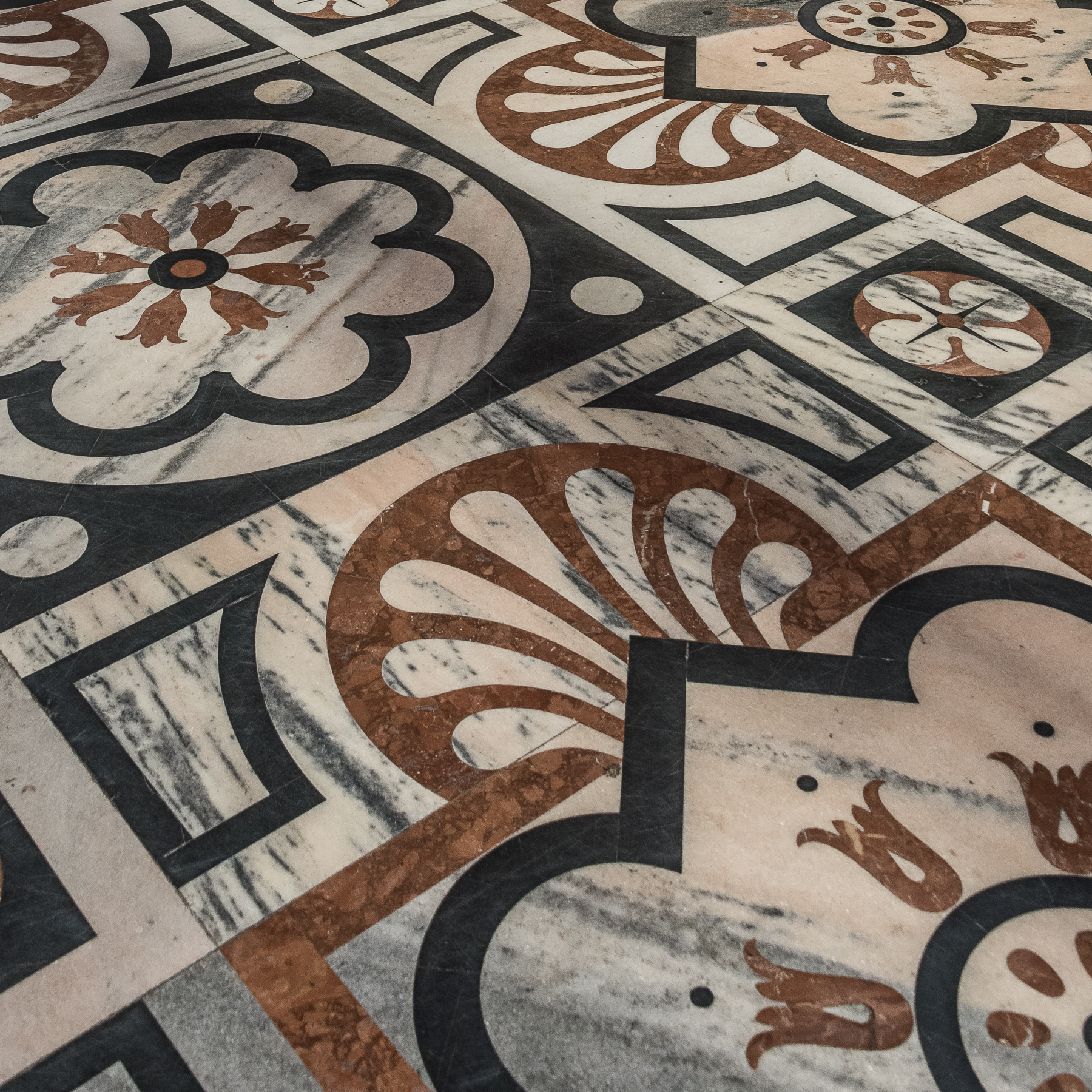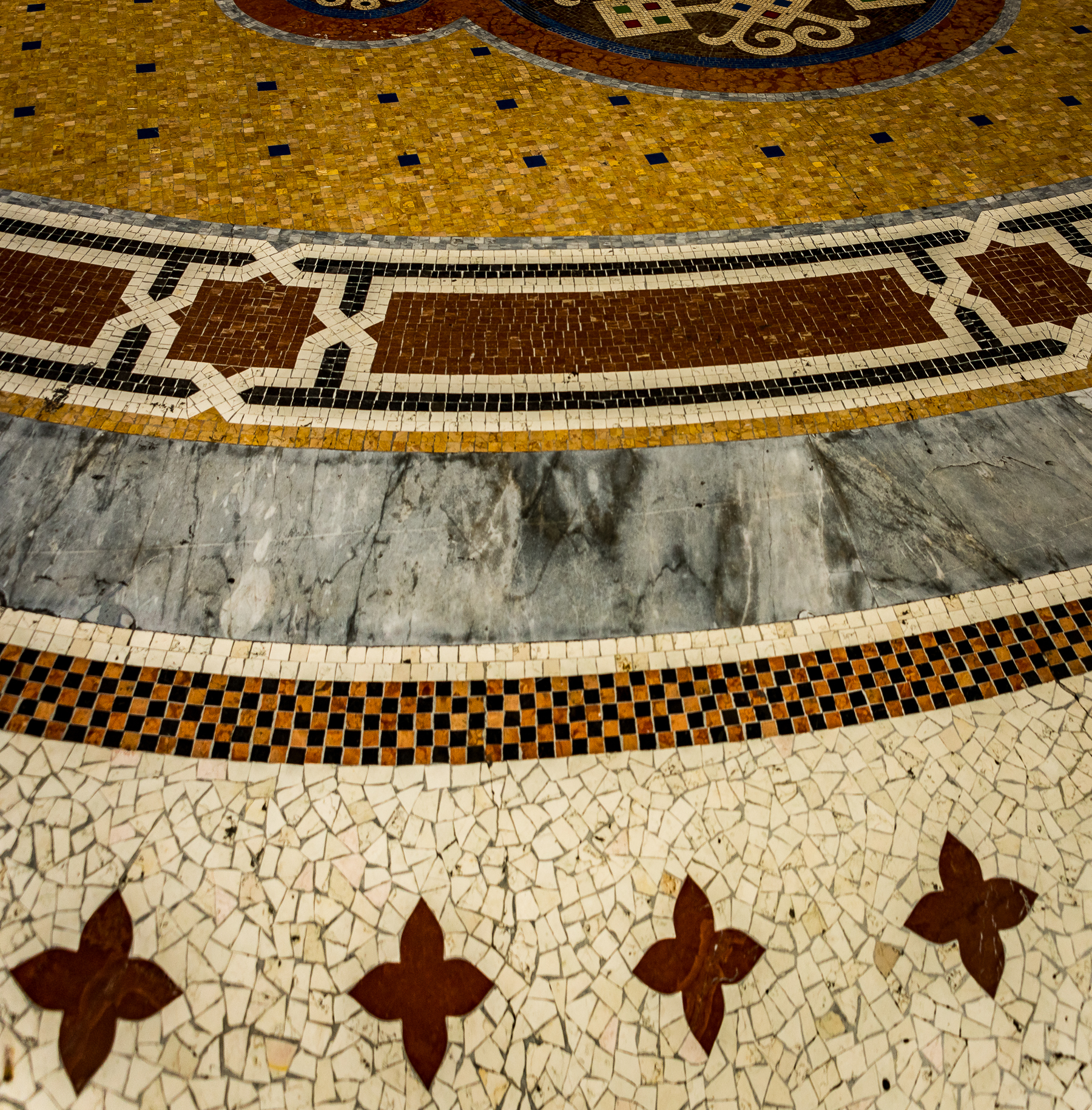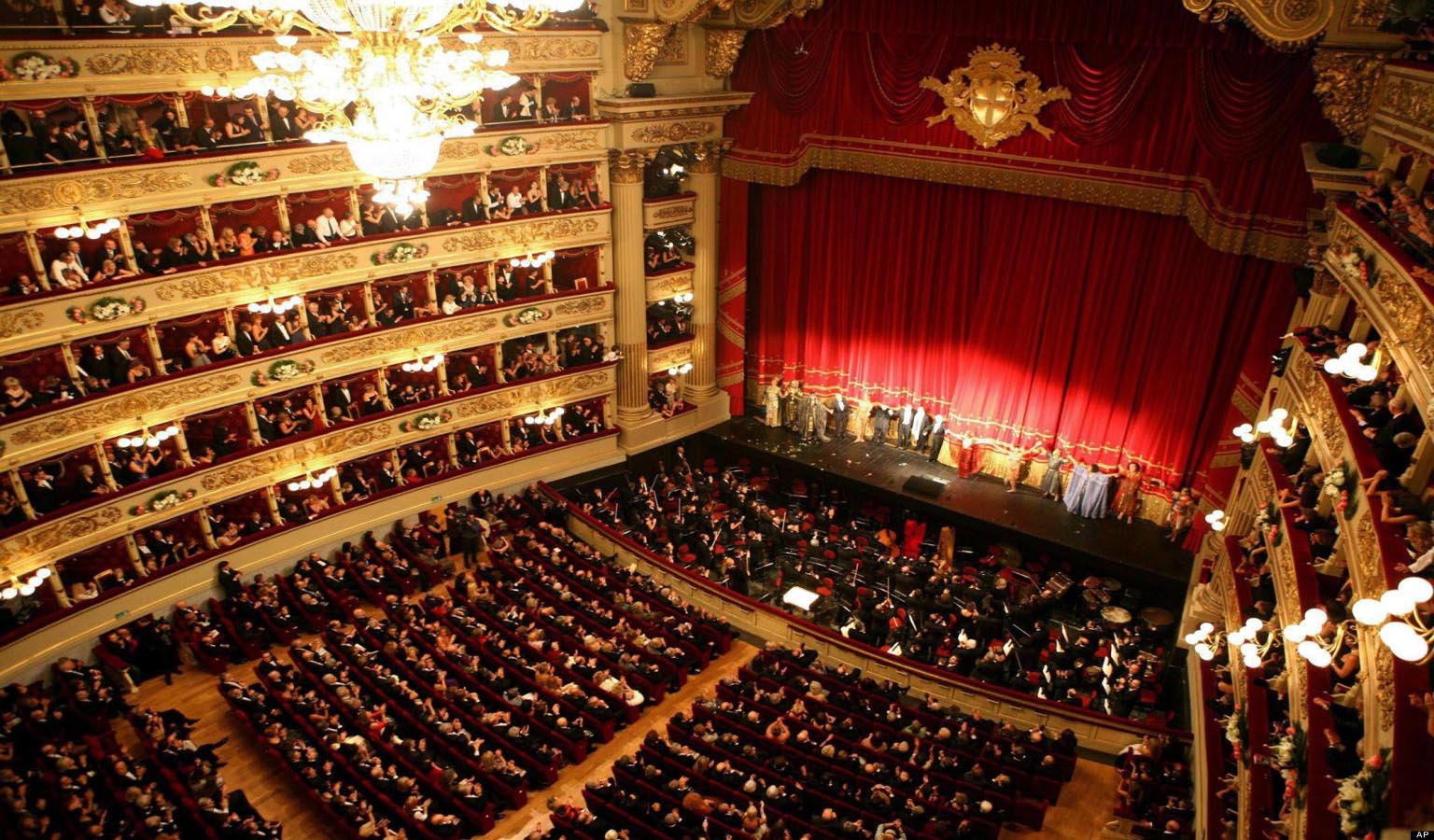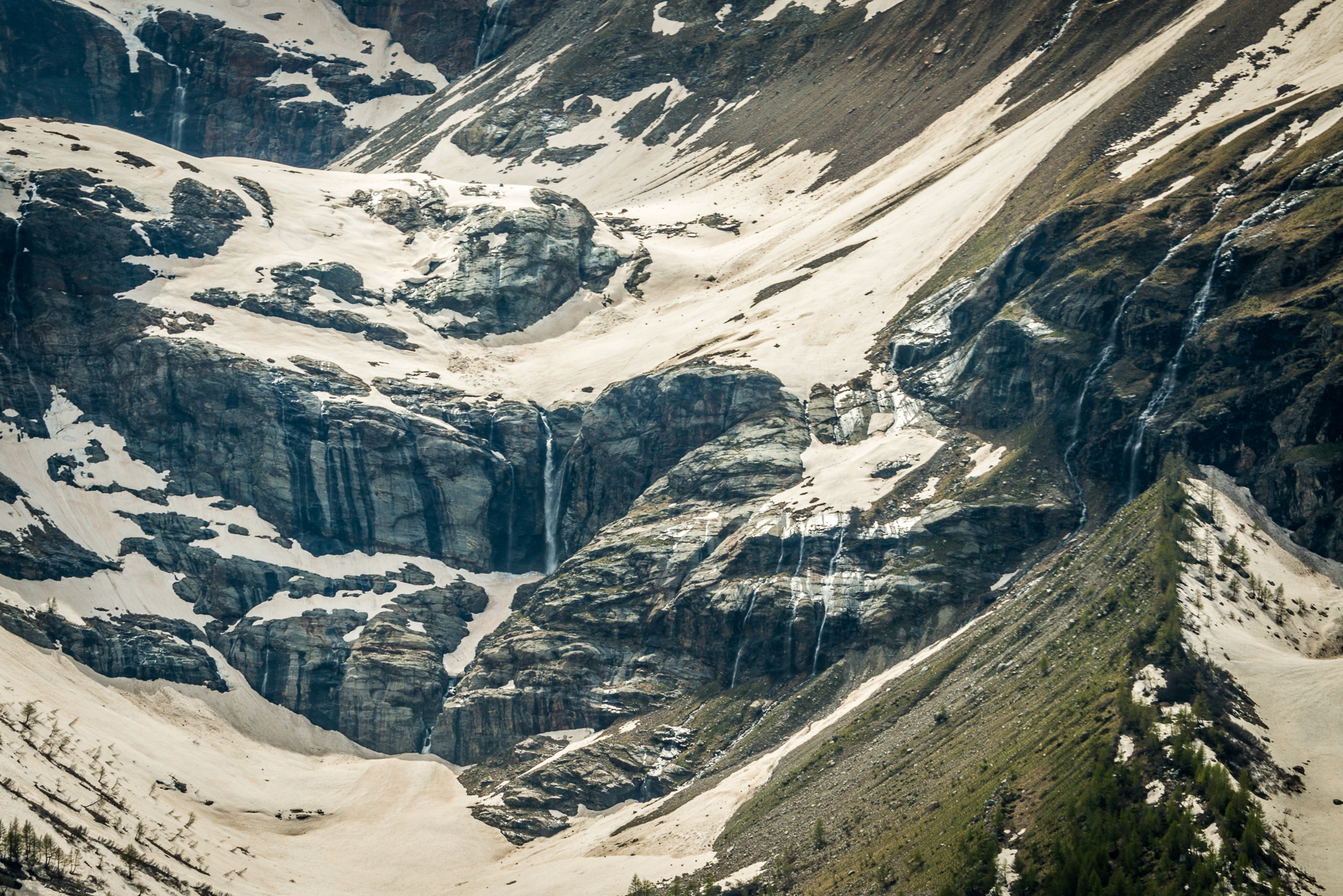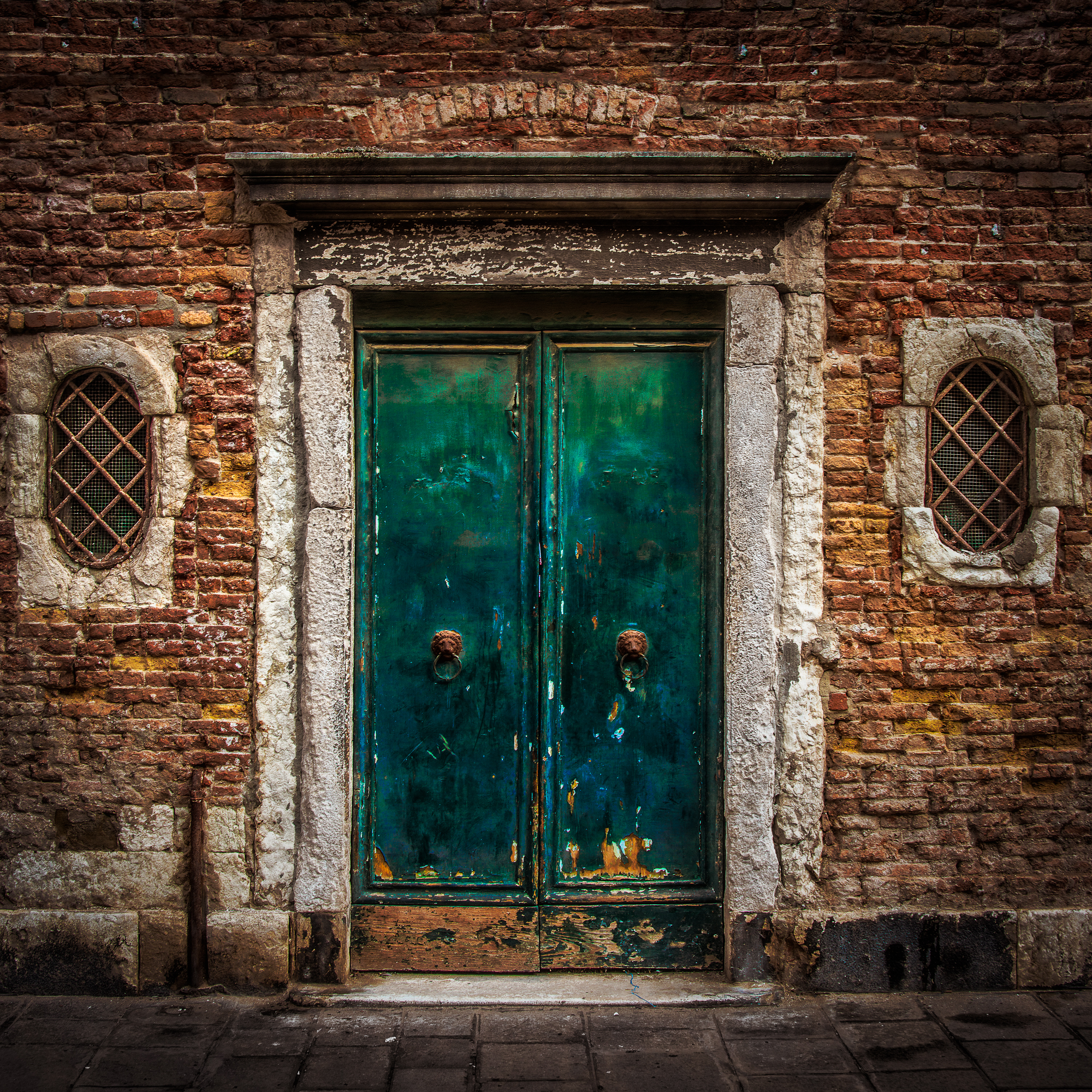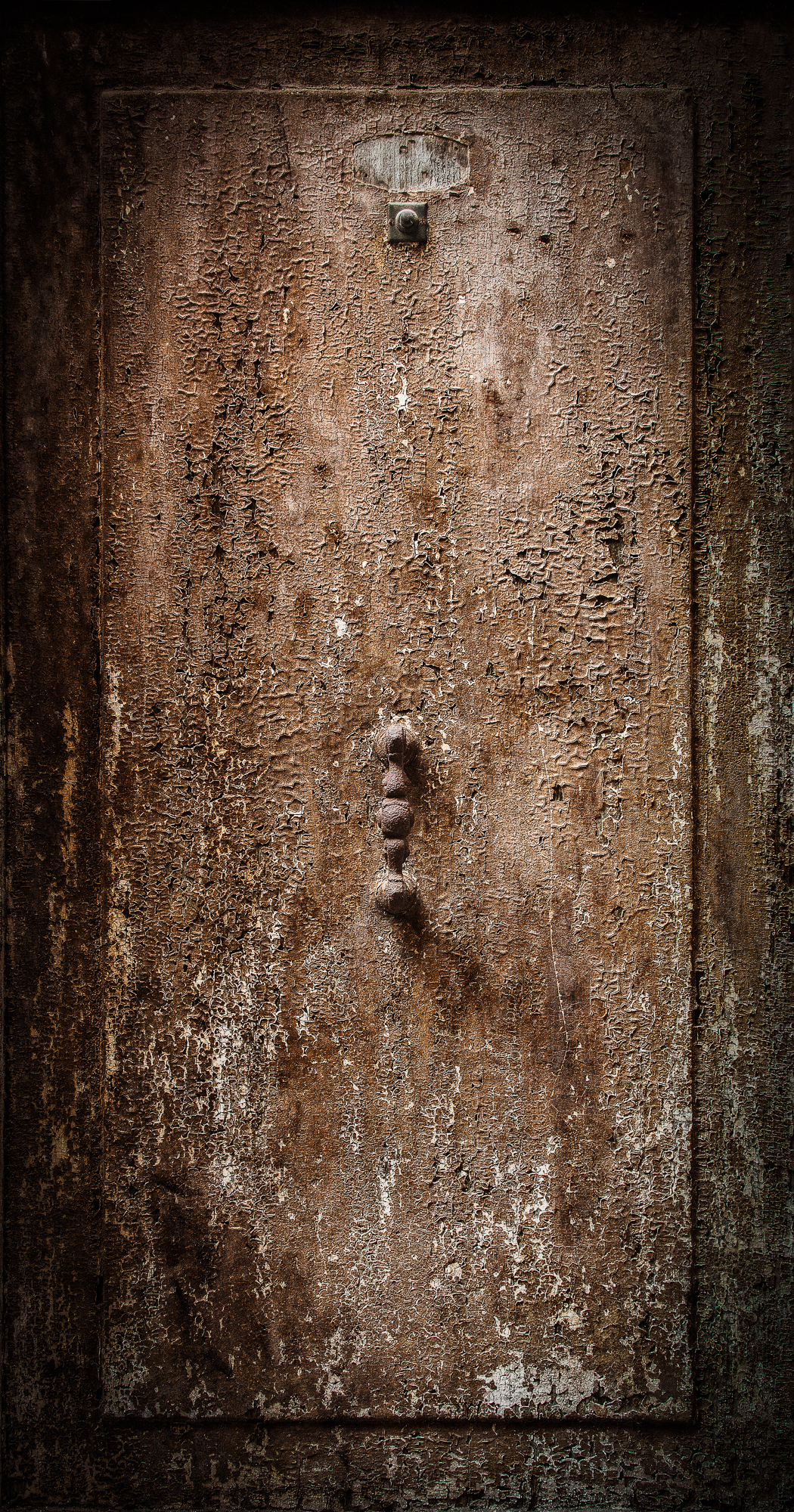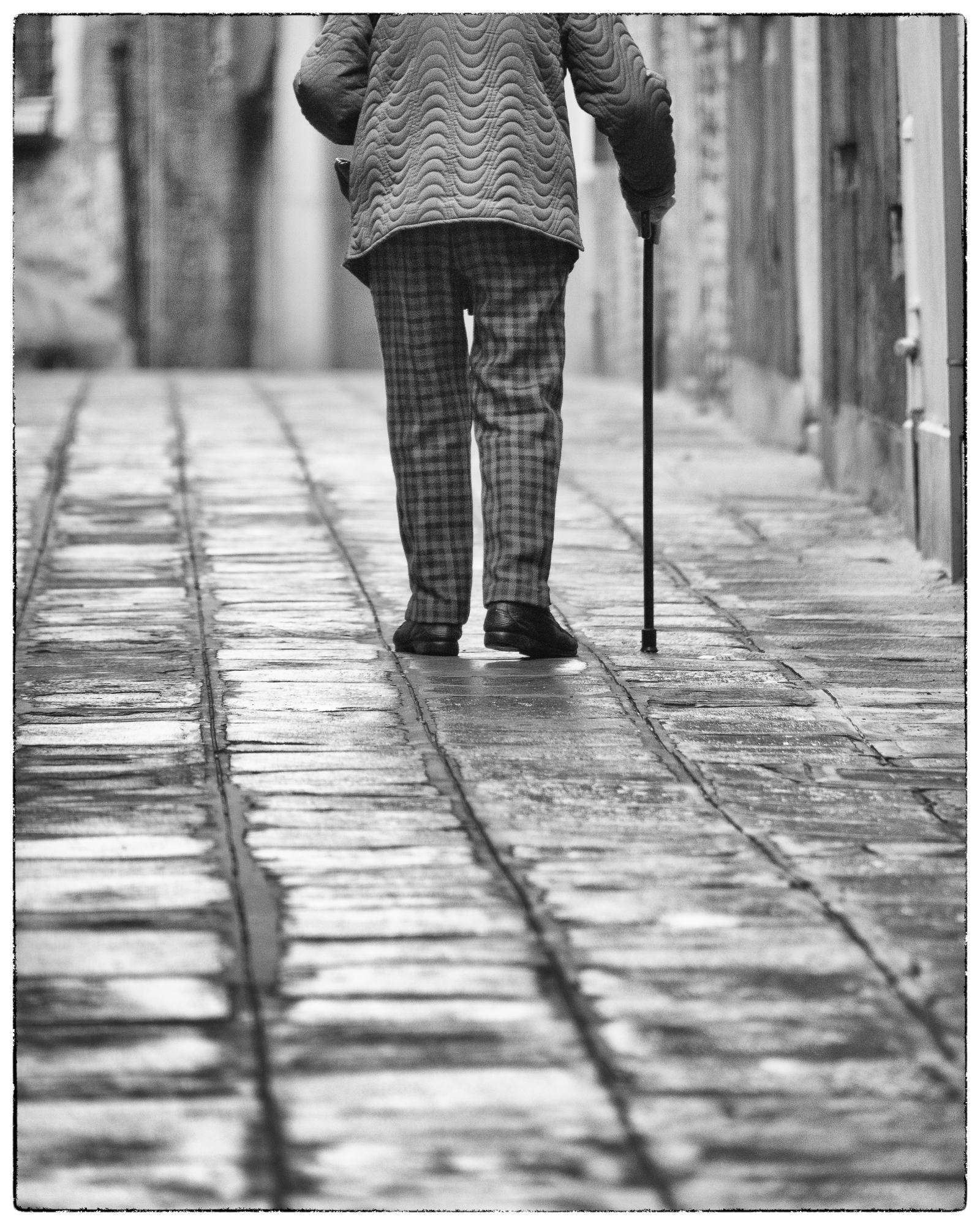OK, you are planning a trip to Italy. You will have limited time, and you want to make the most of that time whilst there. Generally, there are two potential primary venues for your trip’s focus. Perhaps you want a cultural experience -- one where you find yourself in the larger, history-laden Italian cities, with a focus on art museums and churches. Or, maybe you will be focusing on the Italian countryside experience -- its people, land, wine and food. More than likely, you will be shooting for a bit of both of these venues.
This article focuses on the cultural side of Italy, usually found while you are in one of the larger cities. The question I put before you is, “Should you spend a significant amount of your precious time in Milano?” Here is my opinion.
An Italian city’s cultural draw is not defined by its population. For instance, Rome is the largest city at 2.3-million people, and has a huge cultural footprint (more below). But Florence, Italy’s 8th-largest city, has only 350,000, and also super-cultural. And then there’s little Venice, which is chock-a-block full of culture, but is the 110th-largest city, and tips in at only 50,000 Venetians!
Of course there are undeniably many other cities of culture in Italy, like Verona, Palermo, Turin, Bologna, Naples and others; but, I am confident that the three cities of Rome, Florence and Venice make up the Big-3 for those seeking overall cultural satisfaction. And, if you go to the website of a city-aggregating travel agency, you will find, front-and-center, itineraries for Rome-Florence-Venice, complete with connecting first-class trains.
Now, let’s add Milano to the list of biggest cities, as it is indeed Italy’s second largest city – tipping in at about 1.2-million inhabitants. So, it’s a big city. But, does that mean it’s worth a significant amount of your sightseeing time if you are seeking the most interesting cultural sights?
Though Rome is a good bit larger, it has a charm that is missing in Milano. Consider Rome’s centro storico, or historic center. It is about 5 square miles and holds most all of what you would think about when you think of Rome – that would be the Vatican, with its museums, Sistine Chapel and St Peter’s, the Spanish Steps, Forum, Colosseum, catacombs, Trevi fountain, Piazza Colonna, Pantheon, Campo de Fiori, Piazza Navona, Villa Borghese, Piazza Venezia, Trastevere, a whole bunch of beautiful churches, and many, many museums – pretty much everything you would want to see if visiting the whole of Rome…and it’s all right there in one central location.
Then there is Florence. It is considered to be one of the most walkable cities in the world, and at its fabulous centro storico, you find almost all it has to offer in less than a 1/3-square-mile area. In that area is the: Duomo with climbable dome and Baptistery; Accademia where David stands tall; storied Uffizi Gallery with over 100 rooms and a 5-hour wait in the summer; Ponte Vecchio, which was intentionally left undamaged by the Germans in WW2; Piazza delle Signoria; Basilica Santa Croce, housing Gallileo’s tomb, among others; Santa Maria del Fiore; Pallazo Pitti; Boboli Gardens; Basilica of Santa Maria Novella; all of the Medici lore and properties; etc.
And then there’s Venice. It’s unique in that the centro storico is pretty much the whole lagoon island of Venice proper, with its six sestiere making up an area about 1.25 miles square. Add in the charming and historical parts of the Giudeca, the island of Murano, as well as the island of Burano. The whole place is full of historical charm, art, architecture, etc. Almost by definition, it’s a floating museum that is assuredly impossible to understand until you’ve been there.
And now to Milano. Milano, in my humble opinion, has a centro storico of about 5 square blocks, not miles. That area contains the Duomo with its piazza, Galleria Vittorio Emanuele II, and La Scala. To be sure, there are museums like the Sforza Castle, monuments and piazzas galore in Milano. But they are spread out over an area of less-than-charming commercial/residential neighborhoods with their maze of crowded streets. And of course there’s Piazza di Santa Maria delle Grazie, where Da Vinci’s ‘Last Supper’ masterpiece can be found, which is about a not-in-anyway-charming mile from the centro storico.
I’m not trying to beat up on Milano, but as a tourist with limited time to spend in Italy, there is much more to see of historical interest in Rome and, of course, Venice, and then of course, Florence. If you want to see the sights of Milan, I would say that you can do it easily in a day…I’ve done it thrice…once on a 3-hour train layover and twice in five to ten hour visits.
But don’t let me denigrate the cultural features within Milano’s centro storico, because they do have some magnificent features, though they be few.


